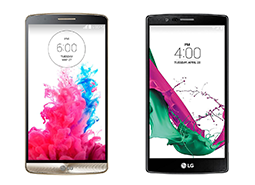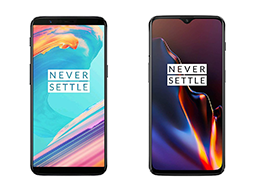Programming
The new straight orientations of the activities inside selfie try lay have been coded because of the half dozen search assistants (around three men, about three females) blind into the hypotheses of your data. All of our rationale to own assessing selfies’ straight positioning using human scoring instead than simply a goal measurement is motivated of the one or two things: (1) to learn just how anybody possess portrait’s subject prior to on their own, and you can (2) by failure out-of Face Detection Software so you’re able to select the newest standard of direct-tip on account of hidden photographic compositions, worst picture resolution, or occluded opinions of deal with (elizabeth.grams., hair, sunglasses).
“Excite state and this vertical area you think you’re relative to the person in the picture-a lot more than them, less than them, or if perhaps he or she is at the the same level to you personally”
So you can ple put, assistants vocally shown its relative spatial judgment per photographs while an important researcher coded the https://kissbrides.com/moldova-women/bender/ selection into the an alternate computer. Presents centered regarding more than had been coded because the +step 1, presents of below as the ?step 1, and a straight angle due to the fact 0 (we.elizabeth., no noticeable direct-tilt; come across Contour step one to own samples of per pose).
Contour 1. Types of straight cam direction manipulation. Off kept so you’re able to correct, the brand new demonstrated photos instruct selfies shoot out of an over, front, and lower than direction.
The posing choices for all assistants were then compiled in a spreadsheet for further comparison. The directionality of portrait orientation for each selfie was determined to be from above, below, or equal if there was agreement among four of the six raters. Images with less than four agreements were discarded prior to analysis; this equated to 95 images (14%) and with a moderate inter-rater agreement (Altman, 1999) determined using Cohen’s Kappa, ? = 0.4, (95% CI, 0.035–0.044), p < 0.001.>
Show
Frequencies of the spatial orientation from the selfie sample suggests that distinctly vertical compositions of the camera were commonly used by both men and women, as profile photos with an above or below orientation were presented in 55.1% and 42.1% of pictures, respectively (see Table 1 for all spatial frequencies). To determine if there was a difference between posing orientation depending on gender, a one-way ANOVA was conducted. However, the ANOVA’s homogeneity of variance assumption was violated as indicated by the Levene’s test, F(step one, 554) = , p < 0.001;>(1, 398.4) = , p < 0.001,>
Profile dos. Ratio from vertical poses (±SE) considering gender. The fresh figure illustrates this new proportional difference between men and you will women’s interest out of getting straight selfies; that’s, when leaving out simple presents, men displayed a prejudice for portraits out of selfies off less than, whereas women as an alternative shown an over-bias.
To examine if the directionality of men’s and women’s poses were significantly different from zero (i.e., a straight pose), two one-sample t-tests were computed. The analyses corresponded with our predictions; men oriented the camera more often from below, t(206) = ?4.291, p < 0.001,>(348) = 2.577, p = 0.01, Cohen’s d = 0.276. Taken together, the results illustrate the contrast between how men and women choose to spatially represent themselves in a mate-attraction context.
Conversation
Selfies displayed in online dating profile photographs had been predict to alter because of the straight camera perspective according to sex of the individual. The show showed that reputation pictures of individuals users of one’s cellular app, Tinder, shown opposing vertical biases; this new camera’s angle try displayed with greater regularity out of below for men, and above for women. These conclusions while doing so have indicated a mechanized bias out-of selfies within an effective mate destination perspective, given that reputation pictures were not simply chose, in addition to pulled of the Tinder affiliate.















